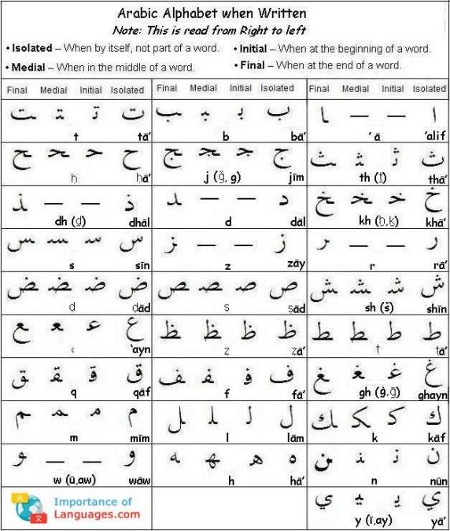A number of studies have been published that link the practice of writing by hand with literacy. And it appears the sooner you put a pencil or crayon in a child’s hand and have them draw letters, the faster they learn to read. When exposed to languages requiring the mastery of a different alphabet, adults too exhibit the same proficiency.
Children Learn Through Handwriting
Back in 2004, researchers from the Institut de Neurosciences Cognitives de la Mediterranee, and the Institut Universitaire de Formation des Maıtres, Universite de Provence, Marseille, France, conducted a study with two groups of children, 38 in total between the ages of 3 and 5, having them copy letters of the alphabet either by hand or by typing them. After three weeks, two tests run a week apart on letter recognition, showed that handwriting produced better literacy outcomes.
Why? The researchers concluded that the movement involved in handwriting improves perception and spatial recognition. This is commonly observed when young children play with toys. But it had not been demonstrated when related to writing and identification of letters that are not physical objects. With far less active motor response when typing a letter, the stimulus to learn lessens. This is observable in cultures where ideograms replace letters, such as in Chinese and Japanese. In fact, the study noted that adult Japanese often use tracing motions in the air to identify complex ideograms.
A reinforcing study, The Effects of Handwriting Experience on Literacy Learning, just published on June 29, 2021, in the journal Psychological Science, brings new research to light reinforcing the conclusions of the French study. Authors Robert Wiley and Brenda Rapp, of John Hopkins University, Baltimore, Maryland, raise the question that many parents ask today. “Why bother with handwriting in the age of computers where children can type, talk, or choose some other interface to communicate?”
This isn’t a new question. My daughter who is soon to turn 37, learned literacy and numeracy using a physical alphabet and the numbers zero through nine. For some strange reason, she hated zero and one day tossed it in the garbage. But she quickly grasped the alphabet and with exposure to all kinds of books was an active reader well before kindergarten. Today she is a skilled writer and communicator. On the math side, however, maybe the act of throwing away the zero foretold a future displayed by her current lack of numeracy skills.
Adults Learn Arabic
In the Wiley-Rapp study, 42 adult learners were taught Arabic. They were split into three groups of learners: writers, typers, and video watchers. If you are not familiar with Arabic, its alphabet contains 29 letters. it is written from right to left. The letters appear in isolation different than at the beginning, in the middle, or at the end of a word (see the picture below of the written alphabet). That’s because the written language isn’t cursive like the Latin alphabet. It is truly handwritten. How do I know this? Because my undergraduate degree was in Islamic Studies and Medieval History which involved me learning to read historic texts written in Arabic.
The John Hopkins study introduced three groups were introduced to each Arabic letter in different ways. The writers copied the letter using pen and paper. The typists found it on a keyboard. The video watchers saw it flashed on the screen. After six sessions all could recognize the letters but the writers reached proficiency in as few as two. The three groups were then asked to recognize the letters in usage and actually write with them to create new and unfamiliar words. Once again, the writers excelled.
What Wiley and Rapp concluded was that handwriting better reinforces learning, noting that the perceptual-motor experience produces results that go well beyond literacy. Wiley is quoted stating, “With writing, you’re getting a stronger representation in your mind that lets you scaffold toward these other types of tasks that don’t in any way involve handwriting.”
So there you have it. Why do we need our children to still learn to write by hand? Because we humans are wired to learn using our hands and head together. That we learn through the physical act of gestures and hand movement better than by 21st-century interfaces like keyboards, video, and voice.

















